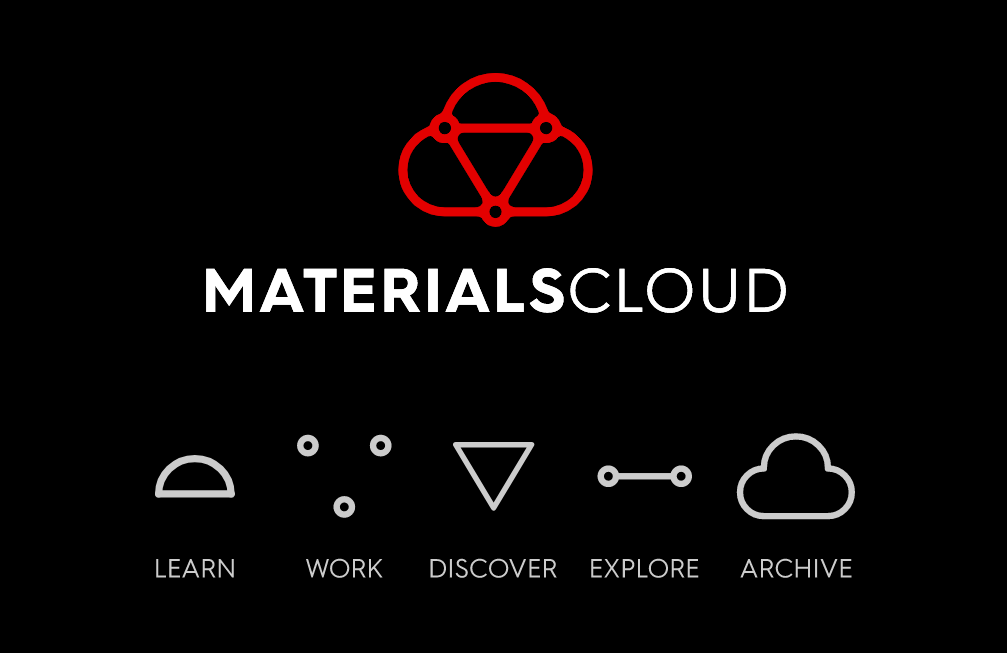Follow up - MaX Webinar on Quantum ESPRESSO
The first Webinar of the MAX series on Flagship codes took place on the 13th of May, addressing the new HPC clusters based on accelerators that will soon enter the production phase, wherein MAX European Centre of Excellence is working to prepare Quantum ESPRESSO for the new and forthcoming architectures.
The Webinar, entitled “How to use Quantum ESPRESSO on new GPU-based HPC systems”, was aimed at providing exhaustive updates on the status of the GPU version of Quantum ESPRESSO and the roadmap for its future evolution. It also outlined a basic set of instructions on how to tune and use the code efficiently on these new HPC systems.
The webinar was a comprehensive and open opportunity to showcase how Quantum ESPRESSO, a collection of codes for electronic structure computations widely used in the materials research community, educates and assists its HPC users, who are typically accustomed to machines based on massive MPI parallelism and often need to acquire more familiarity with heterogeneous machines based on GPUs, providing the following takeaways:
- Status and features of Quantum ESPRESSO running on GPU-based systems
- How to use Quantum ESPRESSO optimally on heterogeneous HPC systems
- How to compile and tune up Quantum ESPRESSO for GPUs, and which tools and libraries are needed.
The webinar was introduced by the first key speaker Pietro Delugas, a Code Developer in SISSA, involved in the development of Quantum Espresso and actively collaborating with the MAX CoE and QE Foundation. Pietro introduced the general information about Quantum ESPRESSO porting to GPUs and moving towards exascale HPC.
The second key speaker was Fabio Affinito, leader of the specialistic support team in CINECA and WP4 leader within MAX CoE for material, who introduced the GPU-accelerated architectures for HPC and Marconi100 system overview and the essential features for the recipe in building Quantum ESPRESSO.
The final presentation was given by Pietro Bonfá, Research Associate at the Department of Mathematical, Physical and Computer Sciences of the University of Parma, and who joined CINECA in collaborating with the MAX CoE, who highlighted the best practices, tips and tricks of Quantum ESPRESSO on Marconi100.
Key takeaways
During the webinar, some Poll-questions were posed to the audience in order to better understand the average engagement and familiarity of the participants both with Quantum ESPRESSO and with the MAX ecosystem in general. The following graphs below depict the main figures pulled out from the short surveys:
The webinar pointed out some main technical takeaways and suggestions that came up during the presentations and deep interaction with the audience. You can find below the most significant ones:
-
Using the opportunity to learn the broad view of the different versions of the Quantum ESPRESSO code, where to get them and where to use them.
-
The latest release of QE-GPU is now available at https://gitlab.com/QEF/q-e-gpu
- 1 MPI process per GPU
- CPU cores can (must!) be exploited with OpenMP parallelism
- Pool parallelism is very effective but requires memory
If you missed the webinar, you can find the recorded video and presentations here.



